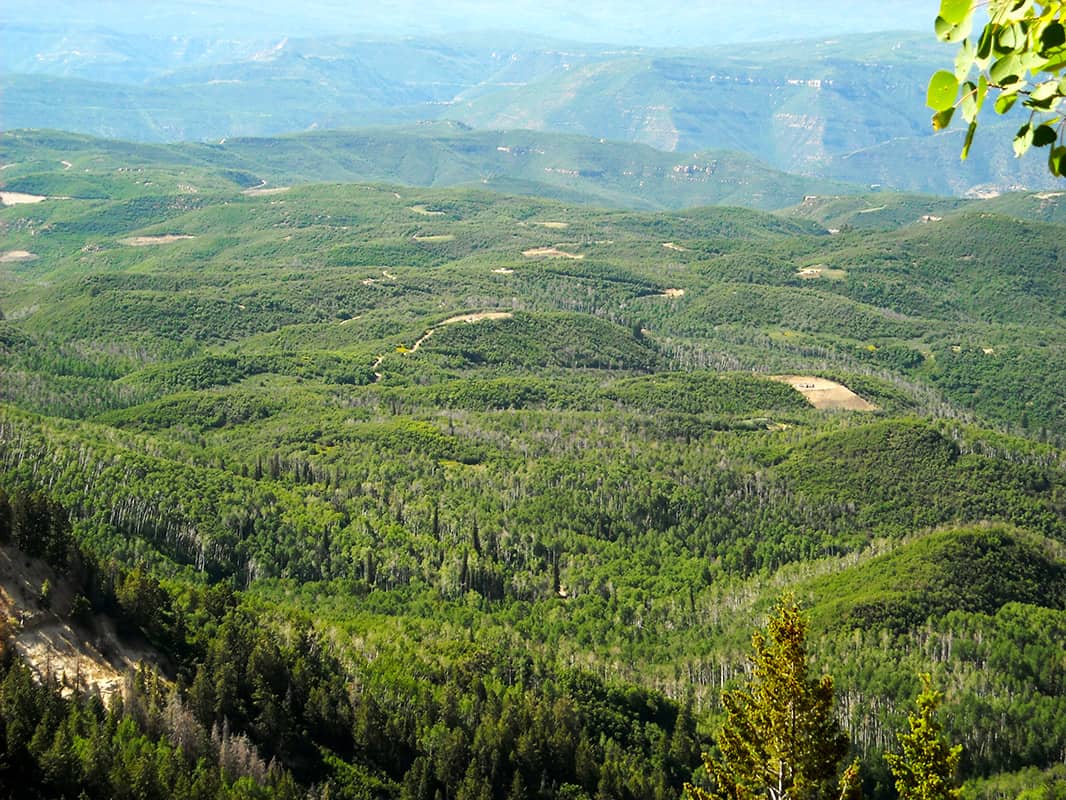This was a long one, so I have excerpted the boldfaced section in the original (linked below) plus a sentence or two relevant to the decision, where there is one. The people who write this do a super job (IMHO) so it really is better to read their entire summaries if any of these pique your interest.
1. Wildlife I Region 4
The District Court for the District of Idaho found favorably for the Forest Service on a National Environmental Policy Act (NEPA) challenge claiming that the Forest Service was required to issue a special use permit for a “predator derby” to take place in the Salmon-Challis National Forest and other public or private lands near Salmon, Idaho in WildEarth Guardians et al. v. United States Forest Service et al. The predator derby was “a private competition involving the hunting of coyotes, wolves, and other wildlife.”
.. The court found that the major activity in the event, namely the awarding of prizes and the makings of donations, did not take place on the forest and that hunting was a legal activity that each of the derby’s participants could have pursued on forest land if they chose to do so independent of the derby.
2. Wildlife I Region 4
The District Court for the District of Nevada granted in part and denied in part the plaintiffs’, the Forest Service’s, and the Bureau of Land Management’s (BLM) Motions for Summary Judgment challenges to the BLM’s and Forest Service’s decisions to amend their resource management plans to provide greater protection to the greater-sage grouse in Western Exploration, LLC et al. v. U.S. Department of the Interior et al.
However, the court did determine that the agencies violated NEPA by making substantial changes between the draft and final environmental impact statement by designating 2.8 million additional acres of sage-grouse focal areas in Nevada.
3. Land Use I Region 5
The District Court for the Eastern District of California vacated a prior decision and granted the Forest Service’s Motion for Summary Judgment on a National Historic Preservation Act (NHPA) claim regarding the Coonrod Cultural Site in Winnemem Wintu Tribe et al. v. United States Forest Service.
The court in this case found that, as the plaintiffs were “a non-federally recognized Indian tribe” and as there was no indication of the plaintiffs’ requested consulting party status in writing, the Forest Service did not violate NHPA. (09-01072, E.D. Cal.).
Litigation Update
1. Wildlife I Region 4
Plaintiffs filed an amended NFMA complaint in the District Court for the District of Idaho against the Salmon-Challis National Forest for authorizing livestock grazing in the Copper Basin area of the Big Lost River watershed in Western Watersheds Project v. U.S. Forest Service.
New Cases
1. Grazing & Land Use I Region 5
Plaintiffs filed suit in the Eastern District of California challenging the authorization of cattle grazing on the Bell Meadow, Eagle Meadow, and Herring Creek allotments in the Stanislaus National Forest in Central Sierra Environmental Resource Center et al. v. Higgins et al. Plaintiffs claim theses authorizations violate the Clean Water Act, California’s Porter Cologne Act, the Rescissions Act, NEPA, and NFMA.
(Note: this is the case mentioned here on this blog- of interest is that there is not a new decision being challenged but the fact that the authorization is continuing without a new NEPA decision (the Rescissions Act said that everyone was on a timetable to complete their grazing NEPA)
2. Wildlife I Region 9
Challenging the NorthMet Mining Project and Land Exchange (NorthMet Mine) on the Superior National Forest, Plaintiffs filed Endangered Species Act (ESA) claims against the Forest Service and the U.S. Fish and Wildlife Service (FWS) in Center for Biological Diversity et al. v. Zinke et al. The project would involve the exchange of federal land with PolyMet Mining Inc. to be used for an open-pit mine.
3. Land Use I Region 9
Alleging FLPMA violations for appraising federal lands for their timber value instead of for mining, plaintiffs filed a complaint against the NorthMet Mining Project and Land Exchange on the Superior National Forest in the District Court of the District of Minnesota in Minnesota Center for Environmental Advocacy et al. v. Tidwell et al.
4 Land Use I Region 9
Plaintiffs filed Weeks Act and NEPA claims challenging the issuance of the NorthMet Mining Project and Land Exchange Decision by the Forest Service on the Superior National Forest in Save Our Sky Blue Waters et al. v. United States Forest Service et al
Attached is the whole Litigation Report plus the other documents.SaveOurSky v Forest ServiceWinnemen Wintu Tribe v Forest ServiceWildEarth Guardians v Forest ServiceW Watersheds Project v Forest ServiceLitigation Weekly 04072017




